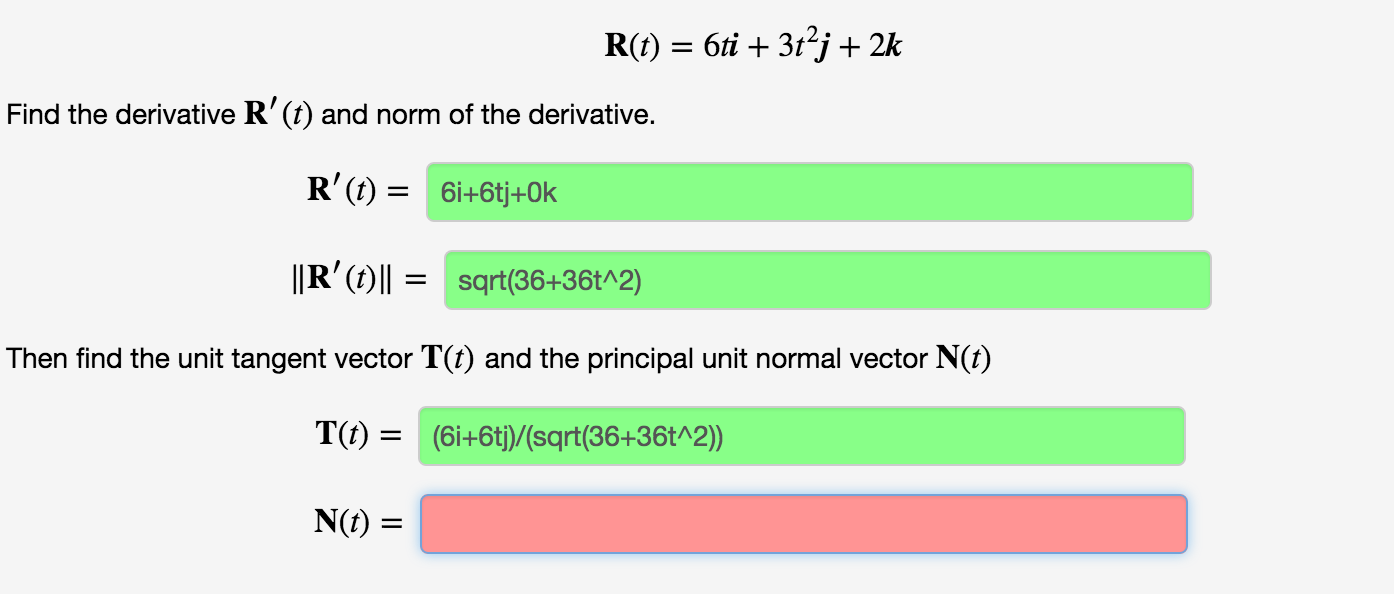R&t Unit Can Company
. About The R&A. Initiatives. Golf Development. Playing Golf.
R T Unit Can Company
RStudio Server Pro. Take control of your R code. An integrated development environment for R, with a console, syntax-highlighting editor that supports direct code execution, and tools for plotting, history, debugging and workspace management.
Distance Insights. Rules of Golf. Rules Education. Equipment. HANDICAPPING.
Amateur Status. Overview Championships.
Major Amateur. Team Matches. Senior. Junior. Junior Int. Matches.
The Royal and Ancient Golf Club. The Club House. About Sustainability. Nature.
Flawless beyonce zippy lyrics. Communities. Resources. Services. Golf Course 2030.


The infix operator%% is not part of base R, but is in fact defined by the package magrittr and is heavily used by dplyr.It works like a pipe, hence the reference to Magritte's famous painting.What the function does is to pass the left hand side of the operator to the first argument of the right hand side of the operator. In the following example, the data frame iris gets passed to head: library(magrittr)iris%% headSepal.Length Sepal.Width Petal.Length Petal.Width Species1 5.1 3.5 1.4 0.2 setosa2 4.9 3.0 1.4 0.2 setosa3 4.7 3.2 1.3 0.2 setosa4 4.6 3.1 1.5 0.2 setosa5 5.0 3.6 1.4 0.2 setosa6 5.4 3.9 1.7 0.4 setosaThus, iris%% head is equivalent to head(iris).Often,%% is called multiple times to 'chain' functions together, which accomplishes the same result as nesting. For example in the chain below, iris is passed to head, then the result of that is passed to summary. Iris%% head%% summaryThus iris%% head%% summary is equivalent to summary(head(iris)). Some people prefer chaining to nesting because the functions applied can be read from left to right rather than from inside out.